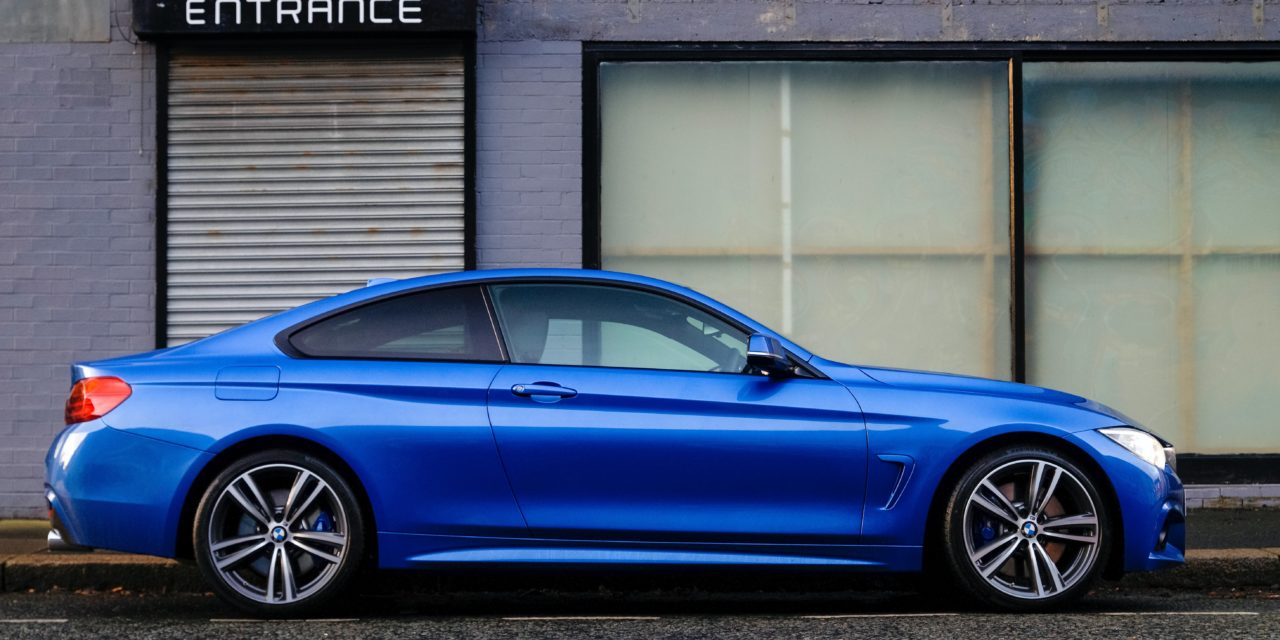Mazda is offering something big in its new lineup. It includes all-new RX-8 that is made more powerful and lightweight. The release of said models has introduced it to be a sports car like no other.
Tetsu Nakazawa, RX-8 vehicle line manager, “Since its creation, the RX-8 has continued to win rave reviews from the automotive press. The RX-8 is a sports car built for the real world, ideal for zooming around a track, but equally suitable for taking the kids to soccer practice. It is a true sports car that can pull double duty.”
2007 Mazda RX-8 is available as a 232-horsepower model engineered with a six-speed manual transmission or a 212-horsepower model engineered with a six-speed automatic with steering- wheel-mounted paddle shifters for a drive feel that is similar to that of Formula 1-style. Both cars are equipped with power door locks, mirrors, cruise control and an AM/FM/CD audio system with 6 speakers. Basically, most of these power parts are based from 1981 Mazda RX-7 parts only that they were upgraded and modified to come up with something better.
Underneath Mazda RX-8 is a race car character wraps in a sleek sports car. Its groundbreaking Rotary Engine Genesis engine (RENESIS) also known as the rebirth rotary engine is a product of meticulous design, engineering and manufacturing processes. In fact, it is the only rotary-powered passenger car around the globe which is mass produced. The engine is capable of efficiently performing the four essential processes crucial to keep the car powerful and agile.
Mazda RX-8 has a muscular built and a unique ‘freestyle' design. It aims to prove that true sports car does need not compromise the space, convenience and comfort. Mazda engineers have designed the latest addition to exude versatility, style, performance and safety. In fact, they have integrated in the car several active and passive safety elements.
Active safety elements include the use of big ABS-equipped disc brakes on all wheels, accurate steering, Dynamic Stability Control and suspension systems. On the other hand, passive safety elements consist of the front airbags, seat-mounted side-curtain airbags and side-impact airbags. Furthermore, the front end and engine bay have ample crumple zones and the front seats are designed to diminish whiplash injuries.

